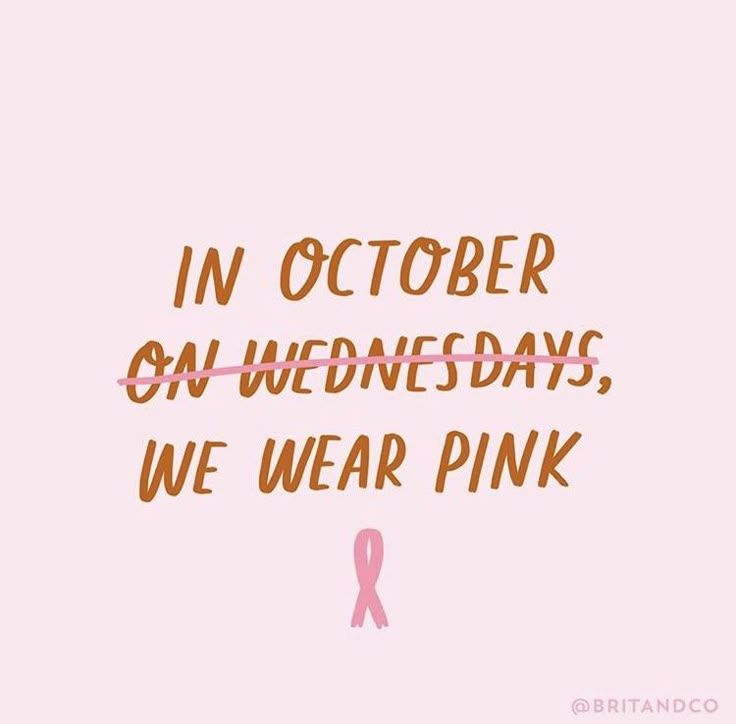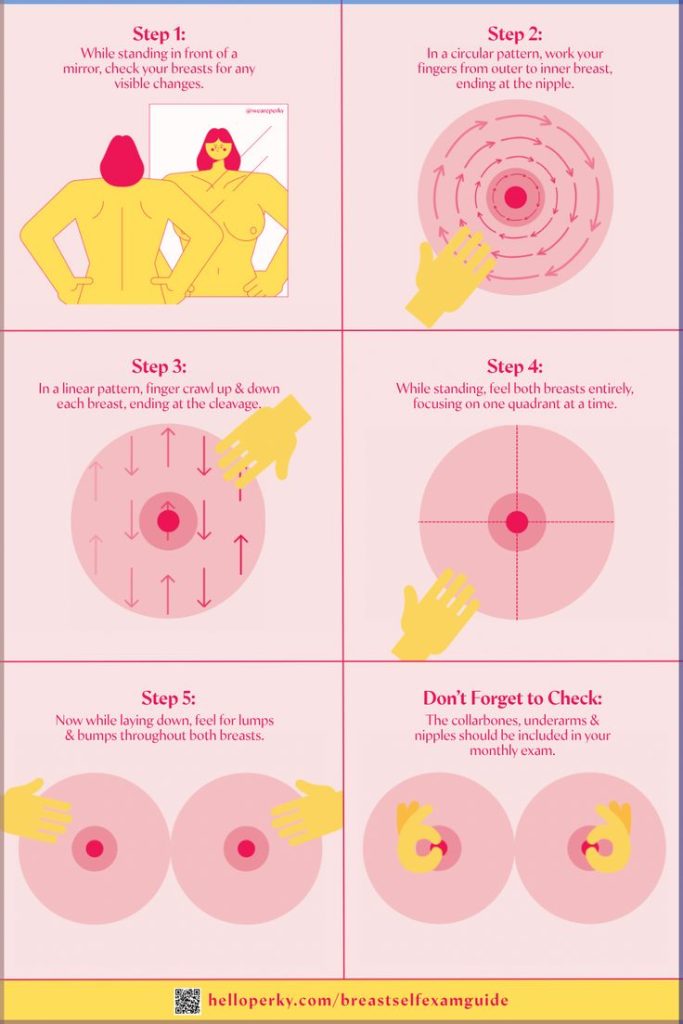Many women fear breast examinations and mammograms because they expect the worst – but we’re here to dispel that myth. Early detection saves millions of lives every year, and a self check at home is simpler than you think. We’ve put a comprehensive guide to checking your own breast tissue at home below – read on and share with a friend this Pink-tober.

Pick the Right Time
If you menstruate, the best time for a self-exam is about a week after your period ends — when your breasts are least likely to be swollen or tender. If you no longer get periods, simply choose a consistent day each month. Sticking to a regular routine makes it easier to notice any subtle changes over time. If you’ve never done this before, you might find it helpful to ask your healthcare provider to demonstrate proper technique once.
Start with a Visual Check
Stand undressed from the waist up in front of a mirror with your arms at your sides. Look carefully at your breasts for any changes in shape, size, or symmetry. Then, raise your arms above your head and check again. Press your hands onto your hips to flex your chest muscles, and lean forward if you can.
From different angles, look for skin dimpling, puckering, or ridges; changes in texture; or nipple changes such as inversion or discharge. Gently lifting each breast can also help you see the underside more clearly.

Use Your Hands to Explore
Next, move on to the manual exam. You can do this lying down — which spreads the tissue more evenly — or in the shower, where soap can help your fingers glide more smoothly. Use the pads of your three middle fingers and move in small circular motions, applying light, medium, and firm pressure to feel different tissue depths.
Many people find it easiest to follow a systematic pattern so nothing is missed. You might imagine your breast as a clock face, working your way around from 12 o’clock back to the starting point. Or, picture it in wedges, like slices of a pie, moving from the outer edge toward the nipple in each section.
Take your time; a thorough check only takes a few minutes but gives you a clear sense of what’s normal for you.
Know What’s Normal — and What’s Not
Breasts naturally have variations: it’s common to feel a firm ridge along the bottom curve, or to have slight differences between sides. What matters is recognizing when something feels or looks different from your usual baseline.
Changes to bring to your doctor’s attention include:
- A new lump or thickened area
- Skin dimpling, puckering, or unusual swelling
- Nipple discharge or a nipple that suddenly turns inward
- Redness, warmth, or persistent pain
- Noticeable shifts in size or shape unrelated to your cycle

A Helpful Habit — With Limits
Regular self breast exams haven’t been proven to reduce breast cancer deaths, and they can sometimes lead to unnecessary worry over harmless lumps. Still, being familiar with your breasts is valuable. Think of it as an extra layer of awareness — not a replacement for medical screenings. Know your body, keep an eye out for changes, and follow up with a healthcare professional if anything seems unusual. A few mindful minutes each month can make a real difference.









What do you think?
You must be logged in to post a comment.